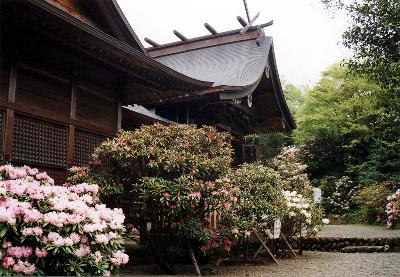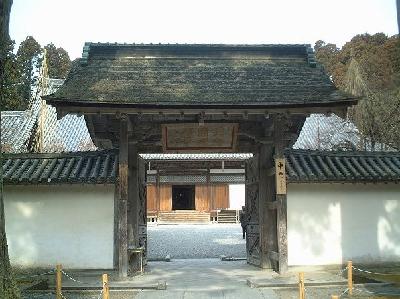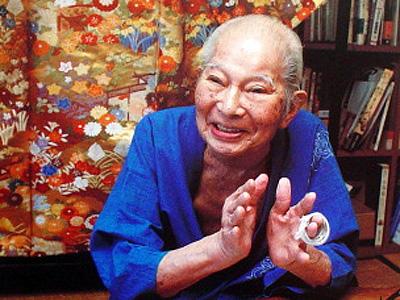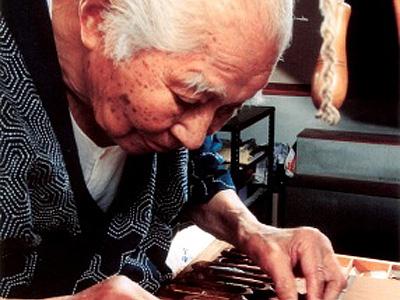Zuiganji Temple in Matsushima Town, Miyagi Prefecture, is a temple of the Rinzai sect and is known as a family temple of the Date clan. It was founded in 828 by Jikaku Daishi En’nin, a high-ranked priest in the Heian period. Its formal name is Matsushima Shoryuzan Zuigan Enpuku Zenji. It is also called Matsushima-dera.
The present temple buildings were completed in 1609 after the 5-year construction work. It is said that Date Masamune invited 130 excellent carpenters from all over the country to build this temple. The main hall, the Onari entrance, the corridor and Kuri (the priests’ quarters) are designated as National Treasures. The Onari-mon and Naka-mon Gates and the Taikobei wall are nationally designated Important Cultural Properties.
The Onari-mon Gate is a Yakuimon-styled stately structure with a tiled roof in the Irimoya-zukuri (hip and gabled) style, while the Naka-mon Gate in front of the main hall is a simple four-legged gate with a Kokera-buki (thin wooden shingles) roof. It has no walls to connect the legs. The white clay wall is Taikobei, or “drum wall,” which is a double wall that consisted of two separate walls between which earth, sand and stones were placed.
The palm trees respectively producing white and red flowers stand on both sides of the Naka-mon Gate. They are called “Garyubai (Lying Dragon Palm)” from their appearance. It is said that Date Masamune brought them back from Korea. They come into bloom in the middle of April.

















